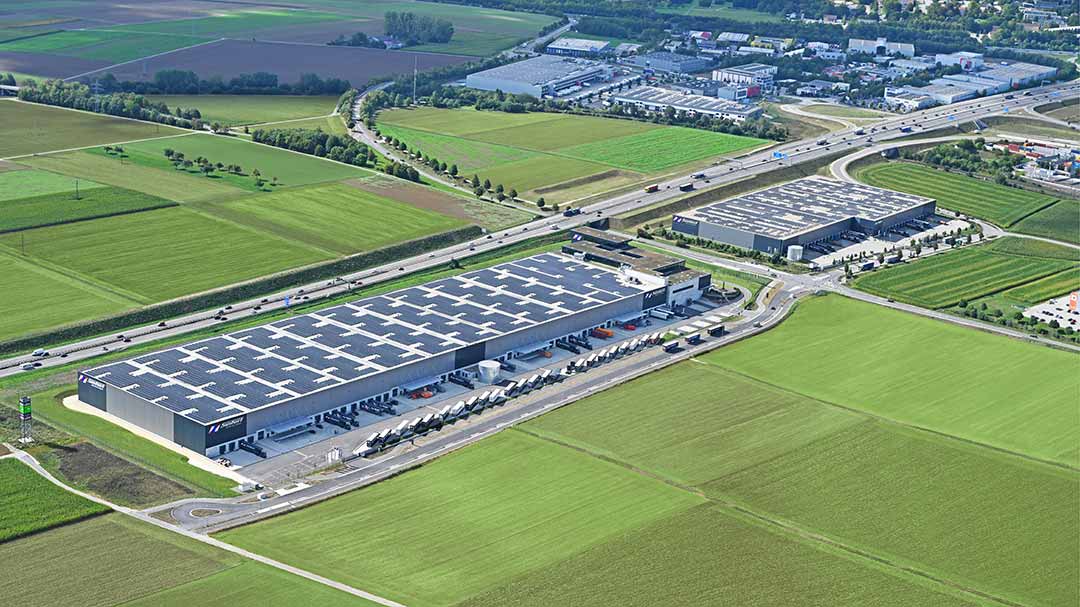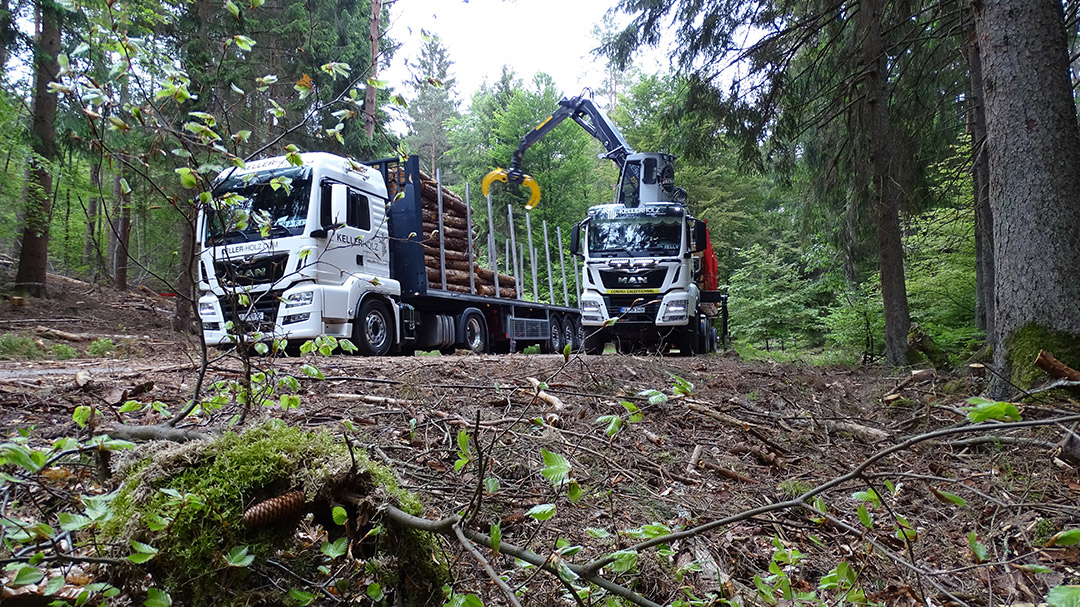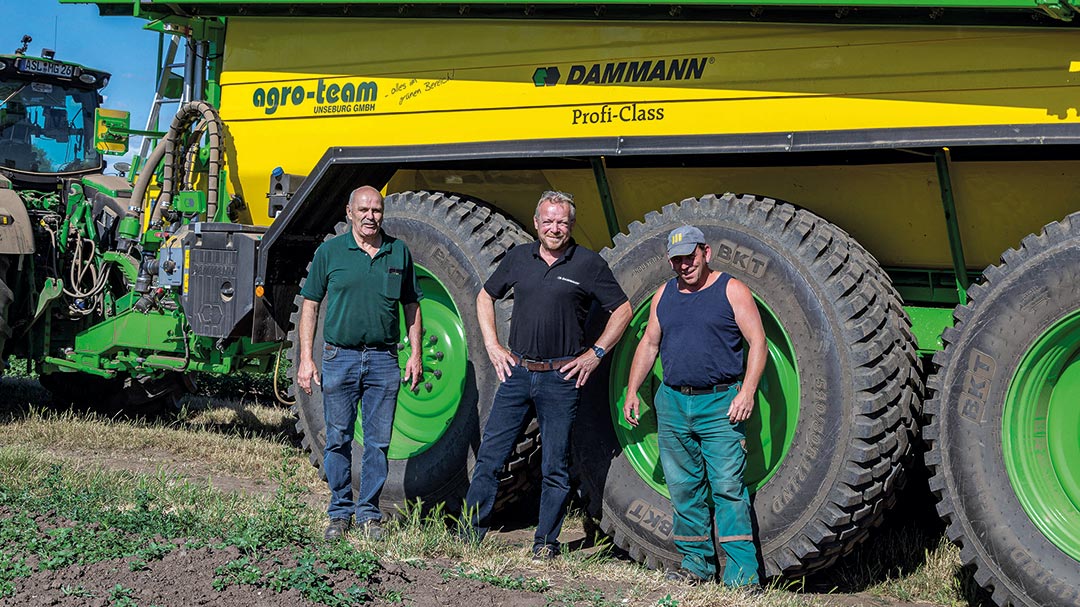Text: Juliane Gringer
Photos: Kühne + Nagel
Kühne + Nagel in Hamburg used one of the first LHVs in Germany. Ten years later and the conclusion is: the concept saves costs, supports climate protection and even with driver shortfalls. However, the expansion of the Positivnetz (permitted route network) is slow.
It is already a full decade since Holger von der Heide, Manager for Quality, Safety, Health and Environment (QHSE) and Truck and Fleet Manager at Kühne + Nagel in Hamburg, stood in front of an LHV for the first time. “It was in 2012 at the IAA in Hannover that my branch manager at the time and I saw the first LHV – a cooperative effort between MAN and Krone. We ordered the first vehicle immediately,” he remembers: “Out of curiosity, a love for innovation and because it promised economical and ecological advantages.” The trucks, which can reach up to 25.25 meters in length, were still running as under a field test initiated by the German Federal Transport Ministry in 2011 at that time. The LHVs were approved for road traffic in Germany from 1st January 2017, however, only on certain roads, so-called Positivnetz (permitted route network).
Holger von der Heide immediately clarifies a preconception: “Many people think that an LHV carries more load and is therefore heavier – resulting in damage to the infrastructure. However, even in these road trains, you are not allowed to exceed 40 tons.” It was scientifically proven in a project with the University of Dresden, in which Kühne + Nagel participated, that LHVs do not cause increased damage to the roads. “We kept axle load records and made the data available to the researchers. The assessment showed that the infrastructure is not subjected to greater stress by LHVs.” In its report on the field test, the German Federal Office for Road Traffic not only established that two LHV journeys replace three journeys with standard trucks and that efficiency gains and fuel savings of between 15 and 25 per cent can be achieved – it also contested that LHVs led to increased maintenance effort for the infrastructure and also did not result in displacement effects from the tracks on the road. Nonetheless, this vehicle concept has still not achieved comprehensive coverage in Germany. Why?

»Many people think that LHVs are heavier and therefore damage the infrastructure. But you are not allowed to exceed 40 tons with these road trains either.«
Holger von der Heide, Manager for Quality, Safety, Health and Environment (QSHE) at Kühne + Nagel
»This extra long truck in our company colours is also a prestigious object which the staff are proud of.«
Holger von der Heide, Manager for Quality, Safety, Health and Environment (QSHE) at Kühne + Nagel


»The vehicles are very flexible: we use the semi-trailers individually, as well as the swap trailers. Yet another argument in favour of the LHV.«
Denis Fähnders, responsible for the purchase of trucks, trailers and forklifts at Kühne + Nagel







